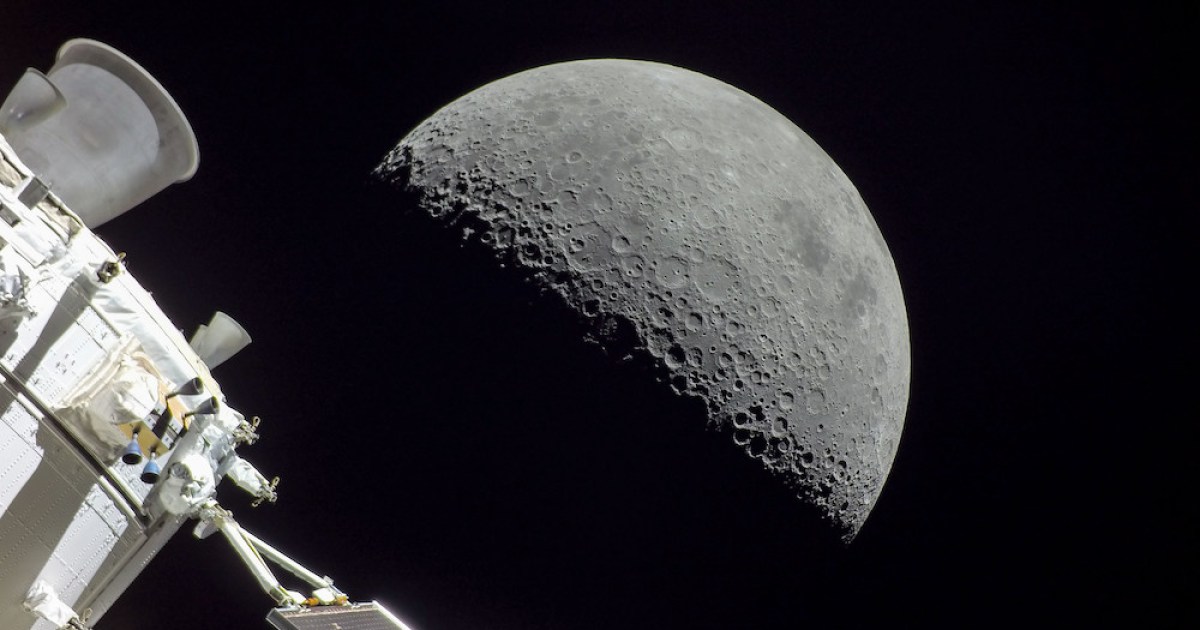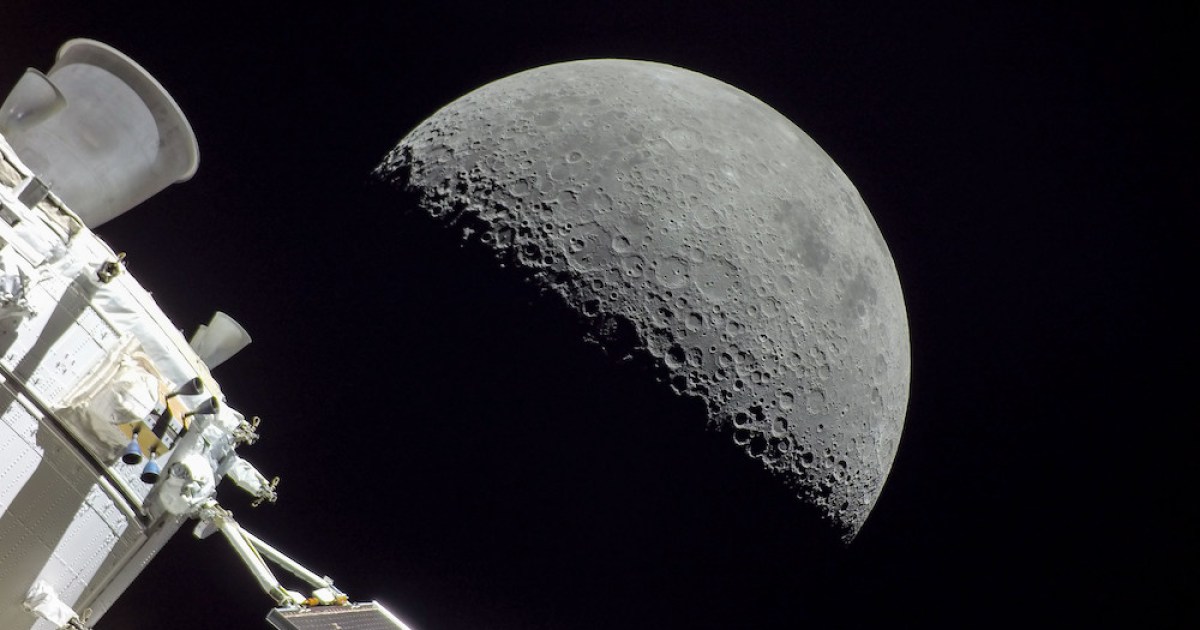
Performing a controlled, soft landing on the moon isn’t easy. Three missions attempted to reach our nearest neighbor in recent weeks. Two of the landers — one from Japan’s space agency and another from Texas-based Intuitive Machines — touched down on the lunar surface but toppled over, creating challenges for their respective mission operators. A third moon-bound mission, from Pittsburgh-based Astrobotic, suffered a propellant leak shortly after launch that prevented it from even attempting a landing.
The most recent visit, by Intuitive Machines, made history on February 22 when it became the first commercial company to achieve a soft lunar touchdown in a mission that was also the first U.S. lunar landing in more than 50 years.
But as the Intuitive Machines’ Odysseus lander touched down, it fell onto its side. While some communication with Odysseus has been possible, its awkward position has made it difficult for its solar panels to receive sunlight and so the lack of power means the mission will end any day now, earlier than expected.
Meanwhile, Japan’s SLIM lander surprised its team earlier this week when it woke up from a two-week lunar night. But SLIM also failed to land upright, creating challenges for the mission team.
It means that attention will soon turn toward future moon missions that also plan to set down a lander. The next one will be a Chinese effort, Chang’e 6, that’s expected to launch in May aboard a Long March 5 heavy-lift rocket. China has a 100% record with its three previous landing efforts, which took place in 2013, 2019, and 2020, so hopes are high that it can succeed in its next moon mission, too.
After that, in the final quarter of the year, there’ll be a string of U.S. landing attempts that include NASA’s VIPER mission, Firefly’s Blue Ghost mission, Astrobotic’s Griffin mission, and Intuitive Machines’ IM-2 mission. The flurry of activity is linked to NASA’s Artemis program, which involves private firms taking science and technology payloads to the lunar South Pole ahead of a highly anticipated crewed landing currently scheduled for 2026.
Japan’s ispace, another private company that failed in its first effort to put a lander on the moon in 2023, will also try again in the Hakuto-R Mission 2 toward the end of this year.
For those fascinated by lunar exploration and keen to learn more about our constant celestial companion, there’s certainly plenty to look forward to over the coming months.
Editors’ Recommendations
Services Marketplace – Listings, Bookings & Reviews
